A world without heroes. 955 "Borey" submarine missile carriers
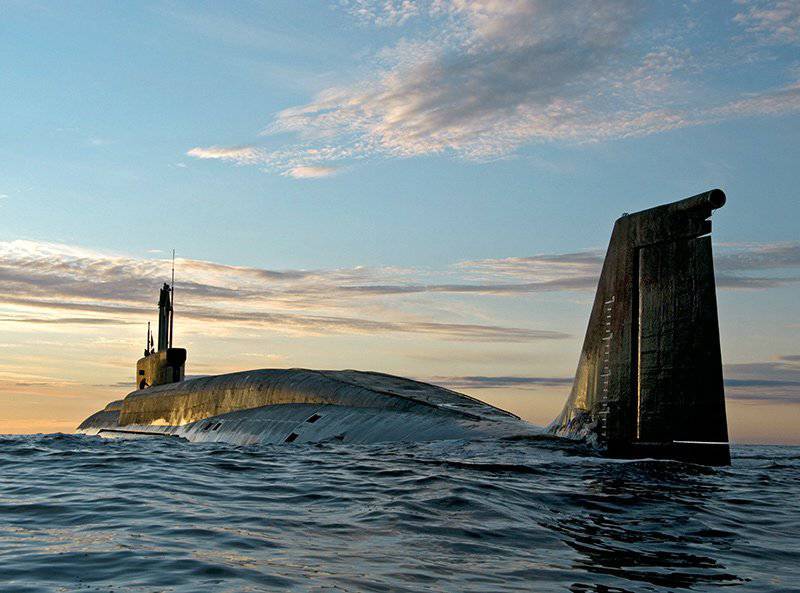
Boats named “Borey” became known in Russia and abroad long before they entered service, all thanks to the expected successes and loud failures when launching underwater-launched ballistic missiles “Bulava”.
Every opinion should strive for objectivity. Convulsive enthusiasm ("has no analogues in the world") and frenzied criticism ("will not float, will not fly") should be based on concrete knowledge and facts. The submarine submariner clearly does not deserve a scornful attitude - a clot of military matter weighing 15 thousand tons, capable of destroying life on the whole continent ...
The boat slides silently at a depth of 400 meters - where the pressure on every square meter of the hull reaches 40 tons! Squeezed into a monstrous vise, its body is elastically deformed under the onslaught of millions of cubic meters of water, but the crew is calm - it is still far to the depth of crushing. The jokers stretch the thread across the compartment and watch how it sags as the boat sinks into the abyss - a shell of high-strength alloyed steel reliably protects people from a hostile environment.
Borey nuclear-powered icebreaker is capable not to appear on the surface for months. It extracts air and fresh water directly from the outboard water. He is fast, low-noise and well aware of everything that happens behind his side: the main 7-meter and auxiliary antennas of the Irtysh-Amphora-B-055 hydroacoustic complex are able to track ships and vessels tens of miles around, detect sonar signals of enemy sonars, measure the thickness of ice, look for openings and divorces in polar latitudes, promptly warn about the presence of mines and torpedoes going to the ship.
The 955 project “Borey” sometimes causes not only sincere admiration. Appreciate actions, words do not cost anything - skeptics adhere to precisely this point of view, offering to take a look at the current successes of “Boreev”. There is success, but there are not so many of them yet.
For example, the head and so far the only one in the composition fleet Project 955 boat - K-535 "Yuri Dolgoruky" - has never yet entered combat patrol. In general, the situation is natural - the boat was accepted into the Northern Fleet in January 2013, the crew needs time to test new equipment. However, the last unsuccessful launch of the serial Bulava, made on September 6, 2013 from the board of the K-550 Alexander Nevsky submarine (the missile crashed in the 2nd minute of the flight, crashed into the Arctic Ocean), confirmed serious concerns - Bulava "Was adopted prematurely.
The identified problems in the design of the SLBM and the decision to suspend the state tests of the Alexander Nevsky and Vladimir Monomakh submarines soon pose a certain threat to achieving operational readiness in time for all the submarines of this project.
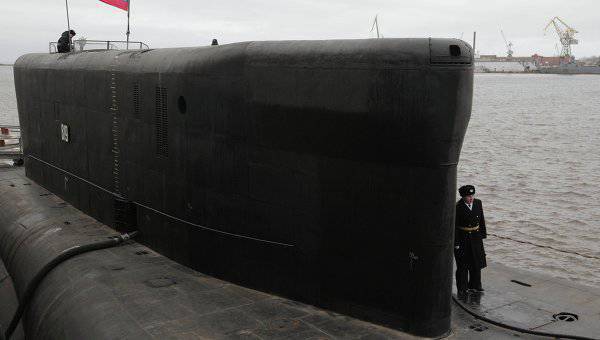
"Yuri Dolgoruky" - the only nuclear submarine, adopted by the Russian Navy over the past 12 years and the only strategic submarine, adopted by the last 23 of the year. After these facts, the calculations of analysts from the FAS (Federation of American Scientists) with all the possible engagement of this resource no longer seem so shocking implausible: the strategic submarine carrier of the Russian Navy performed 2012 combat patrols for the 5 year - less than ever.
There is an urgent need to increase KOH (coefficient of operational voltage) and increase the readiness of maritime nuclear forces - a key element of the country's security. However, the Boreas, for various reasons, are not in a hurry to impose responsibility on themselves for the protection of Russia's borders. Most modern boats prefer to spend time on state trials.
Let's hope that the problems described will be solved in the very near future. To date, three missile carriers of this project have already been built. The head K-535 "Yuri Dolgoruky" was accepted into the Navy and is preparing for its first combat campaign, which is scheduled for 2014 year.
K-550 "Alexander Nevsky" successfully completed state tests (the only doubt is its main weapon - P-30 "Mace". The only launch from his side failed. The second test run was canceled). It is expected that the new missile carrier will be accepted into the Navy at the end of 2013 - the beginning of 2014.
The third boat, the K-551 "Vladimir Monomakh", launched in December 2012 of the year, is under way trials.
Future plans for the Navy include building another 5 submarines of this project.
30 July 2013, in the presence of the first persons of the state, was laid down, the fourth in a row missile carrier "Prince Vladimir". This ship is built on the modernized project 955U "Borey-A". The main differences from the first "Boreev" will be less noise and more accurate and stable "retention" of a given depth - a critical moment in salvo firing SLBMs.
It is expected that “Alexander Suvorov” will be laid in 2014. A year later - the next ship. And so on - 8 total of formidable combat units, which will be replaced at the post by the missile carriers Ave. 667BDRD Kalmar and 667BDRM Dolphin.
Real heroes?
В stories “Boreev” has a lot of paradoxical facts, many of which can cause sincere bewilderment.
The fact that Yuri Dolgorukiy was laid in 1996, launched in 2008 and transferred to the Navy in 2013, is not surprising: the well-known political and economic events at the turn of the XX-XXI centuries. dramatically slowed the pace of construction of Russian submarines, turning them into "protracted" worthy of the Guinness Book of Records. To date, the situation has improved significantly: the third in a row, “Borey” - “Vladimir Monomakh” - was laid in 2006 year and, very likely, will become part of the Navy already in 2014. The construction duration is still more than the Soviet standards in 2-3 times, but still the progress is obvious.
Another feature of the “Boreyev” appears even more controversial: in their construction, ready-made sections were used from the dismantled and dismantled submarines of the 971 Avenue “Pike-B”.
The submarine, known as the Yuri Dolgoruky missile carrier, was originally a Kugar K-337 multi-purpose submarine. Launched in 1992, it turned out to be unfinished and was finally dismantled on the stocks in order to “cannibalize” its sections for new submarines.
"Alexander Nevsky" was once "Rysyu". "Vladimir Monomakh" - "Ak Bars". K-480 Ak Bars has served in the 24 Division of the Northern Fleet Submarines since 1989. In 2008, it was excluded from the Navy, sections of the hull were used to complete the construction of "Vladimir Monomakh."
There is a version that this explains the recent news about the early cancellation of the K-263 “Barnaul” multipurpose atarins — sections of this boat are necessary for the completion of the next Borey missile carriers.
The author more than once had to come across the opinion that the newest submarines are just a “hodgepodge of rusty rubbish” with a flightless Bulava, outdated radio electronics, and also turned into an infernal unfinished.
What can you say to this? “Rusty trash” is a clear exaggeration, high-strength austenitic steel of the AK-100 brand, from which the submersibles of the 971 avenue submarines were made, is practically not subject to corrosion. According to one of the versions, in the process of completion only the sides of the durable boat hull of the 971 Ave were used - all the “stuffing” was unrecognizably updated. In this case, the use of backlog from disassembled submarines to accelerate the completion of the Boreev - if not good news (rejoice that instead of two submarines built one - absurdity), then at least evidence of a zealous attitude to what was saved after the era shocks and bacchanalia "free market".
The second question directly arising from the fact of borrowing sections from the boats of previous projects is whether the Boreas can be counted as a new submarine, so-called. "Fourth" generation? Among the basic requirements for such submarines is low noise background, whose value approaches the natural noise background of the ocean. Better situational awareness, advanced detection tools and weapons. Also a feature of such boats is the presence of high-tech techniques and new products that increase their versatility and combat capabilities. For example, a multifunction optoelectronic mast instead of the usual periscope, a lock chamber for combat swimmers, or a set of uninhabited underwater vehicles for making passages in minefields, available on board American Virginia submarines.
Is there anything similar on board the domestic Boreas?
The exact characteristics of "Boreas" are classified, but something is already known now. In addition to the sections of the hull, the Borey uses a number of other mechanisms and systems similar to those used in the construction of the 971 Shchuka-B submarines and aircraft carrier killers of the Antey Ave 949A. Among them are the OK-650В nuclear steam generating plant with a thermal power of 190 MW and the main turbo-gear unit (a steam turbine with a reducer) OK-9ВМ. Itchy coolant pumps and a roaring GTZA are one of the main sources of noise. If all the elements remain the same, then the background noise could not undergo significant changes. For comparison: the new Russian multi-purpose nuclear-powered icebreaker, the 885 Pr. Ash, uses a similar GEM, but at the same time it has its own know-how, a small feature that radically increases its secrecy. At low speed, in the “sneaking up” mode, the GTZA is disconnected from the shaft with a special clutch - the propeller shaft is rotated using a low-power electric motor.
Among the positive aspects of the "Borea" I would like to mention its jet propulsion, whose use was to reduce the noise during the movement of the submarine. Among the other attributes of the new generation of boats is the highly sensitive spherical antenna of the Irtysh-Amfora State Joint Stock Company, which deals with the entire bow of the ship. The use of this scheme, typical of foreign submarines, indicates a change in the entire paradigm in the domestic shipbuilding: special attention has been paid to detection devices.
The use of an “outdated” OK-650В reactor installation instead of low-noise reactors that are gaining popularity abroad, with an emphasis on the natural circulation of the coolant, as well as with a long service life without the need to recharge them, is a justified decision.
On the one hand, no special measures were taken to reduce the noise during the operation of the SSEI — the maximum was limited to new beds and better noise insulation. And this is bad. On the other hand, the pursuit of long life of fuel assemblies does not lead to anything good: firstly, all the efforts of American designers led to the fact that the lifetime of the S6W reactor core exceeds the similar OK-650 value by a maximum of 10 years - not too much a great result, despite the fact that the process of recharging boat reactors itself is not something special or requiring supernatural efforts. Secondly, in order not to lose face, the Yankees go for a deliberately forgery - 30 years without reloading? Easily! But only with a limited number of outlets at sea.
A few more kind words about OK-650В. The installation is well mastered by domestic sailors and nuclear specialists, for 30 years of operation its structure has been studied and “ground” to the smallest detail. Two NPIs of this type proved their reliability by surviving a monstrous explosion aboard the Kursk and automatically drowning out their active zone. OK-650B is one of the best submarines in the world, and the need to replace it is not at all as obvious as it might seem.
From my personal point of view, the requirements for the "fourth generation" submarines should be determined by their purpose. It is incorrect to compare the tasks and capabilities of the multi-purpose SeaWolf, Virginia, or Ash trees with the Borey strategic rocket carriers. What kind of “multifunctionality” and “wide range of tasks” can we talk about if the main and only task of the SSBN is to silently write out “eight” in the depths of the ocean and in readiness upon the first order to launch its ammunition load in the cities and military bases of the “probable enemy”?
Generations of strategic missile carriers to a greater degree are determined by the performance characteristics of the ballistic missiles deployed on board, rather than by their own characteristics of submarines. Given that the noisiness of "Borea", other things being equal, should be lower than that of the Squid and Dolphins of the previous generation. The sensitivity of the Irtysh-Amphora hydroacoustic complex should also be higher than that of any SAC used on Soviet-built boats — which is a giant spherical antenna in the nose of the Boreas! Powerful and reliable reactor. The presence of an injecting emergency capsule that can accommodate the entire crew of 107 people.
The main caliber of the boat is 16 solid-fuel underwater-based ballistic missiles P-30 Bulava. Even during the development of the Bulava, the opinion was repeatedly expressed that this project was useless. The fact is that Soviet and Russian SSBNs are traditionally completed with rockets with liquid-propellant engines. The reason is simple: in terms of the specific impulse of the LRE, it always exceeds the solid propellant rocket motor (liquid rocket with the same mass of fuel will fly farther than the solid fuel). The rate of outflow of gases from the nozzle of modern liquid propellant rocket engines may reach 3500 m / s or more, while for solid propellant solid propellant engines this parameter does not exceed 2500 m / s. The second problem - the production of solid propellant rocket motors requires the highest technical culture and quality control, the slightest fluctuation of humidity / temperature will have a critical impact on the stability of fuel combustion.
But why on solid-state submarines usually use solid-propellant SLBM, despite all their apparent flaws? Polaris, Poseidon, Trident ...
RDTT has its own advantages, first of all - storage safety. Suffice it to recall the death of K-219, to understand what was going on. The spontaneous launching of a solid propellant rocket motor in a mine of a submarine is almost impossible, unlike the LRE, which can leak components of fuel at any time. With regard to the increased requirements for the storage conditions of solid-fuel missiles - a thermostable container, and no threat of cracking / wetting of fuel plates.
Among other advantages of solid propellant rocket motors - the relative cheapness of manufacture and operation. The thermal container and the stability control of the parameters of solid fuel cannot be compared with the turbopump units, the mixing head and shut-off valves of the LRE. In addition, solid fuels are non-toxic. The shorter length of solid-propellant rockets is the absence of a separated combustion chamber (the solid propellant rocket motor itself is the combustion chamber).
Ease of start-up - A solid propellant rocket motor does not require such complex and dangerous operations as filling fuel lines and cooling jackets or maintaining boost in tanks. After completing these actions, there is no way to start from the start (or to drain the fuel components and send an emergency rocket to the factory).
Finally, the last condition, whose relevance increases with each passing year, is that solid-fuel missiles are more resistant to missile defense.
The first attempt to create a “like the Americans” missile ended in failure — a “boat that doesn’t fit in the ocean” and the monstrous X-NUMX-tonnant R-90 X-ray submarine missile (the main weapon of the Shark Ave. The Soviet industry was unable to create gunpowder with the necessary characteristics, the result was an indomitable growth in the size of the rocket and the carrier.
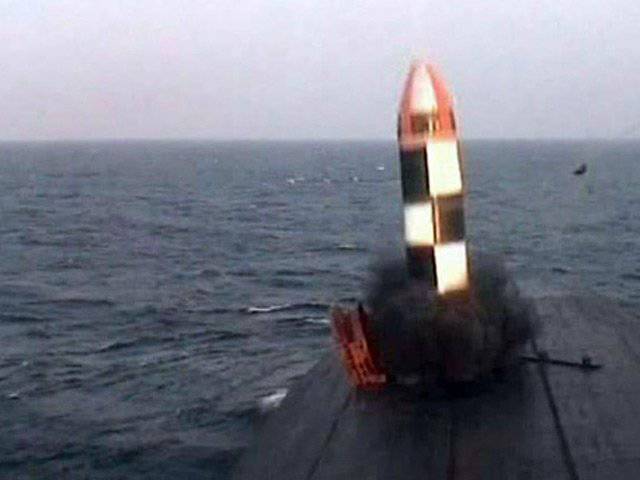
(test complex on the basis of the submarine type "Shark")
"Mace" - a fresh look at the problem of solid-propellant rockets. Yuri Solomonov, the General Designer and the former Director of MIT, managed the impossible: under conditions of underfunding to build a solid-propellant SLBM of acceptable dimensions, with decent performance and launch range 9000 + km. While partially unified with the ground complex "Topol-M".
And let by the specific impulse, launch range and weight of the thrown load, the Bulava is inferior to the R-29РМ “Sineva” liquid - in exchange, the domestic submarine fleet acquired a simple and safe in operation rocket, which, without any irony, surpasses any in service with the Navy of the USSR and Russia. Failures occur already in the course of the flight - but this issue is resolved by conducting new test launches and a comprehensive study of the results (ideally, the construction of a test bench for ground tests, for which, as usual, there are no funds).
"Bulava" and "Boreas" are necessary for the domestic fleet. And this question is beyond doubt.
Those. Consultation Specialist - Postman
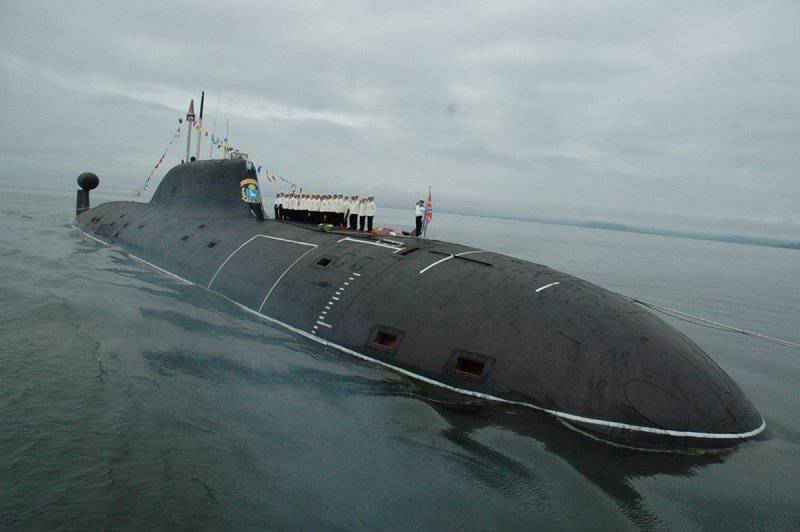
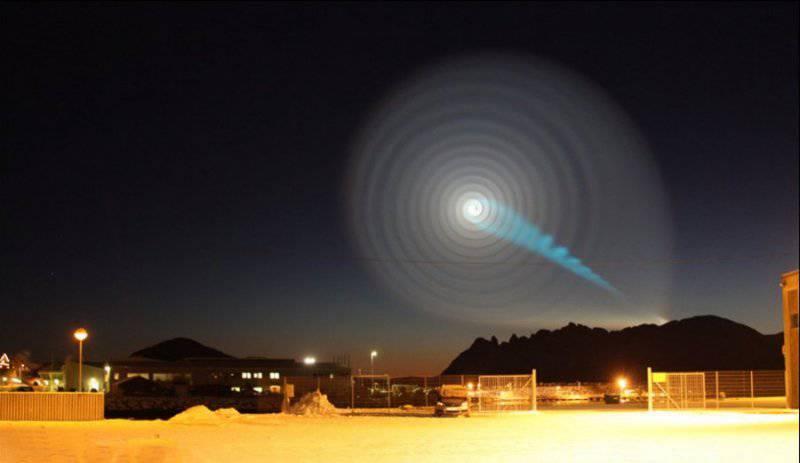
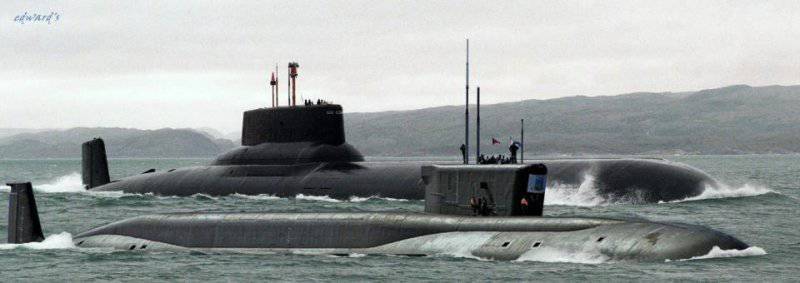
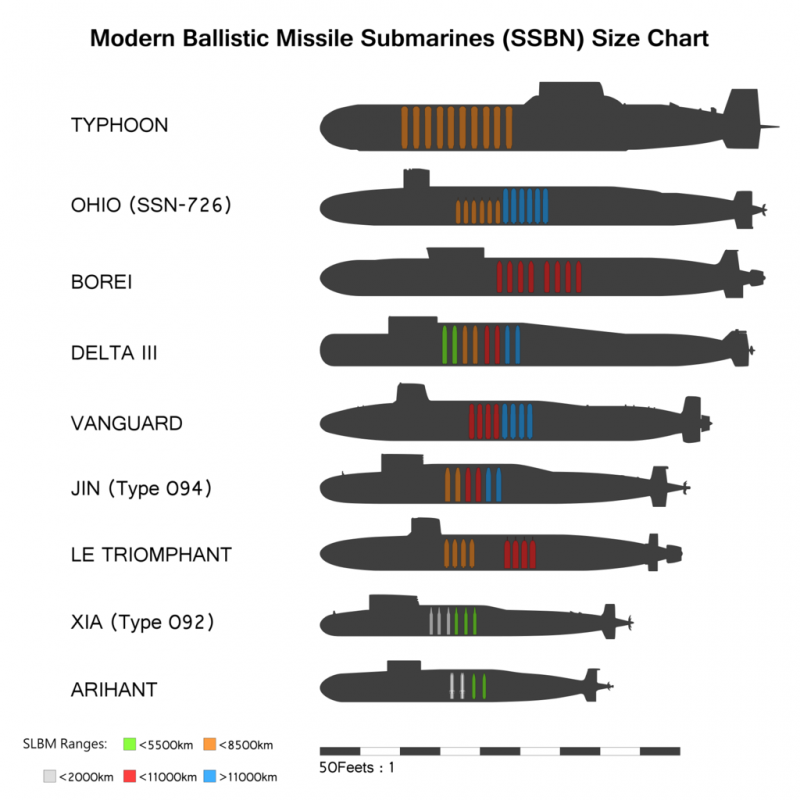
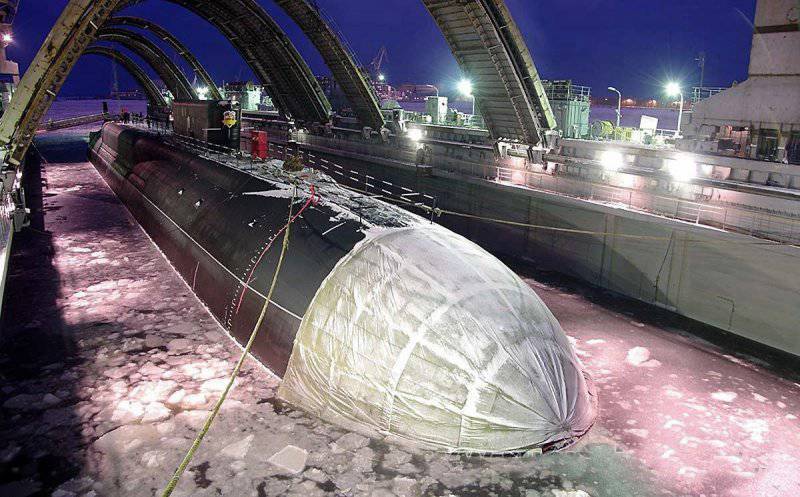
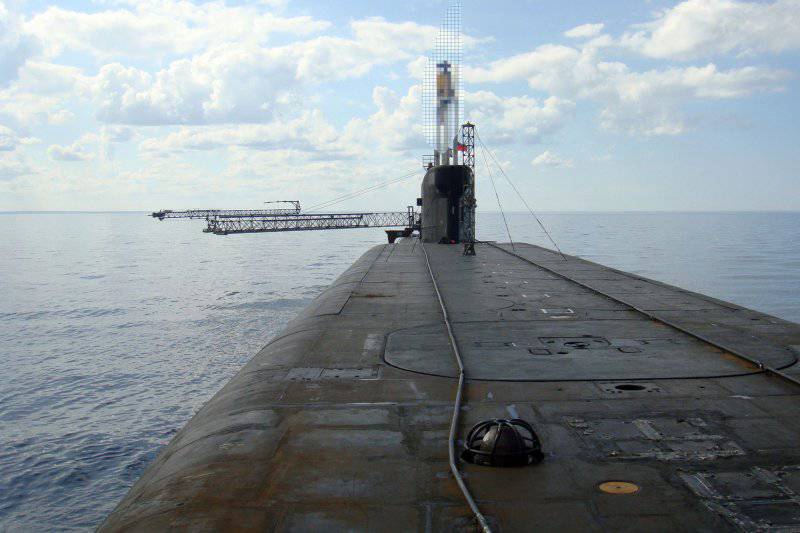
Information